The Troutbitten Podcast is available everywhere that you listen to your podcasts.
** Note ** The Podcast Player, along with links to your favorite players is below.
Here we are with our final installment, part seven of our series on critical nymphing concepts.
Almost all of our focus throughout this series has been on achieving dead drifts. We aim for natural looks that imitate what the real bugs do most. So we try to stay in one lane, we try to find the right speed and the right depth. Most of the articles on Troutbitten about nymphing also assume we’re aiming for dead drifts. It’s the same with the videos. Why? Because dead drifts usually work best.
But in this episode, our topic is getting something other than a dead drift. How can we add animation to a nymph that seals the deal? Something that either grabs a trout’s attention and attracts it to the fly . . . or the chosen animation actually mimics something natural that the real bugs are doing at the moment.
We spend so much time refining presentations and trying to achieve perfectly natural dead drifts that moving the nymph a bit, animating the fly, is liberating. It’s fun.
But moving our nymph at random, moving it accidentally or relabeling drag as enticing motion doesn’t work so well. Stripping or swinging a nymph like a streamer doesn’t work so well. More often, subtle motions add an extra spark to the presentation. These are mostly additions to a dead drift, and not a full abandonment of the dead drift principles we try so hard to achieve.
This is our topic for part seven, this season finale.
Resources
READ: Troutbitten | Streamer Presentations — The Crossover Technique
READ: Troutbitten | The First Troutbitten LIVESTREAM Podcast On YouTube
READ: Troutbitten | The Big Rig — The Two Plus One — Two Nymphs and a Streamer
READ: Troutbitten | Streamer Presentations — The Super Pause
READ: Troutbitten | Natural vs Attractive Presentations
Here’s the podcast . . .
Listen with the player above, or . . .
Find the Troutbitten podcast on any of these services:
— Apple Podcasts
— Spotify
— Google Podcasts
— Amazon Music
. . . and everywhere else where you listen to podcasts.
You can find the dedicated Troutbitten Podcast page at . . .
Season Eleven of the Troutbitten Podcast begins in a few weeks. So look for that in your Troutbitten podcast feed.
Fish hard, friends.
** Donate ** If you enjoy this podcast, please consider a donation. Your support is what keeps this Troutbitten project funded. Scroll below to find the Donate Button. And thank you.
Enjoy the day.
Domenick Swentosky
T R O U T B I T T E N
domenick@troutbitten.com


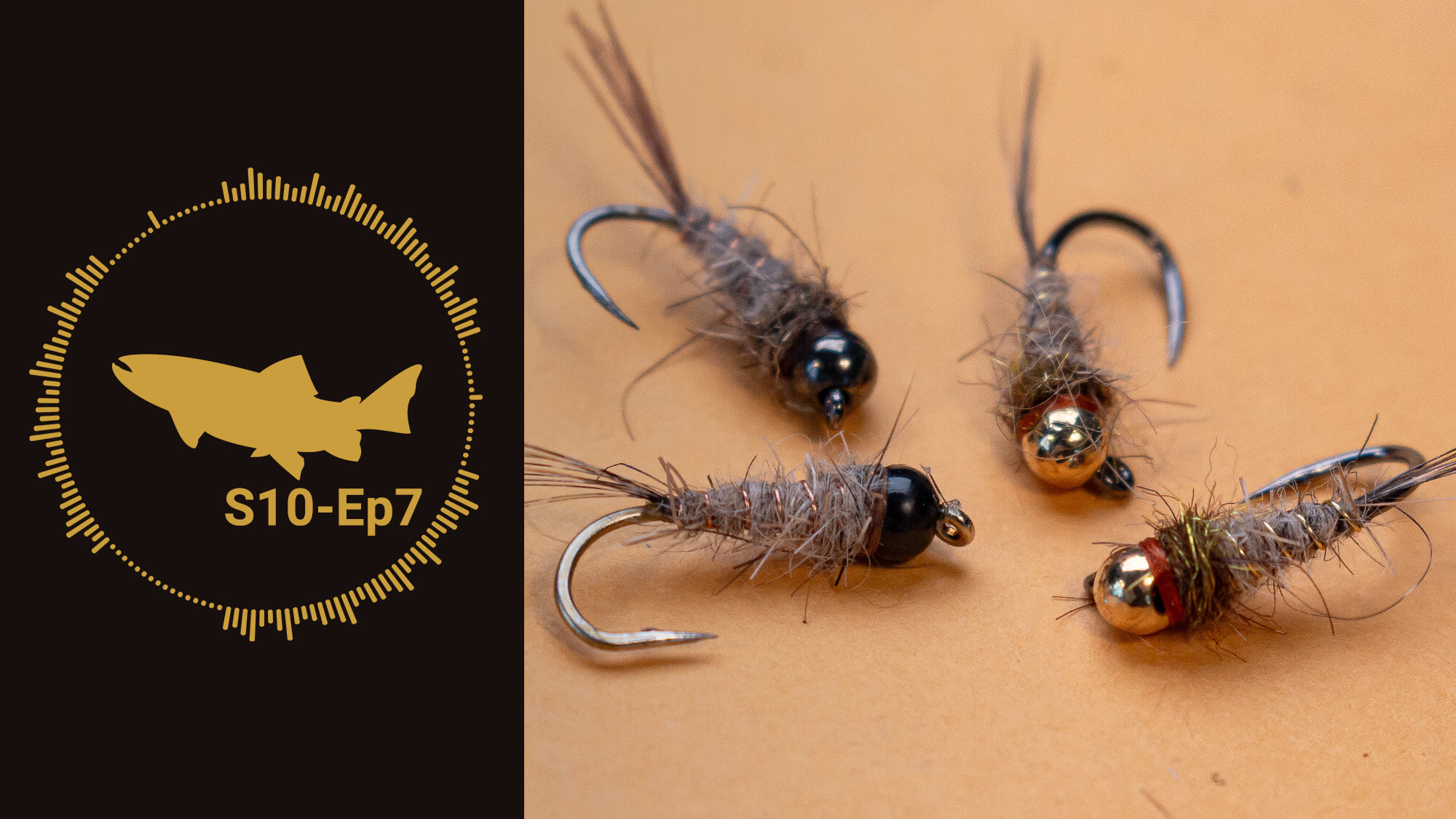
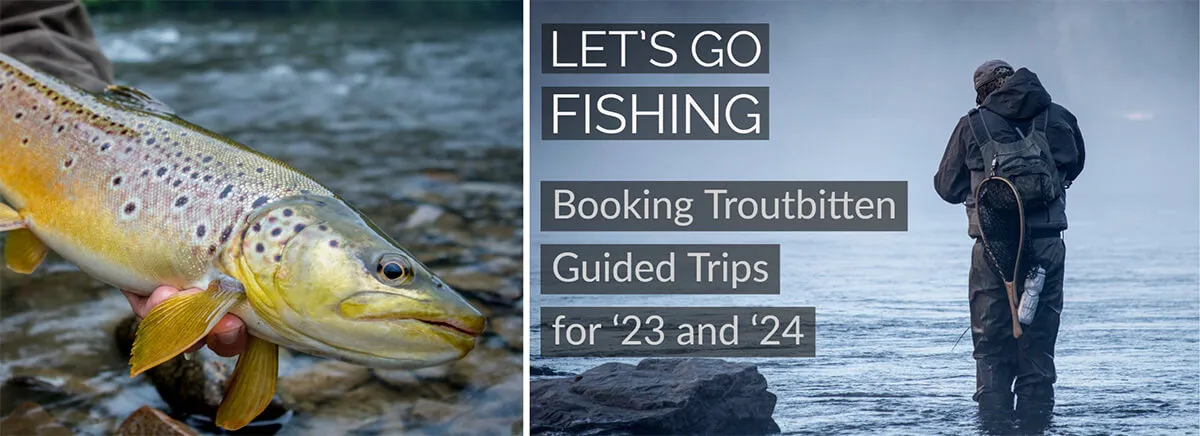
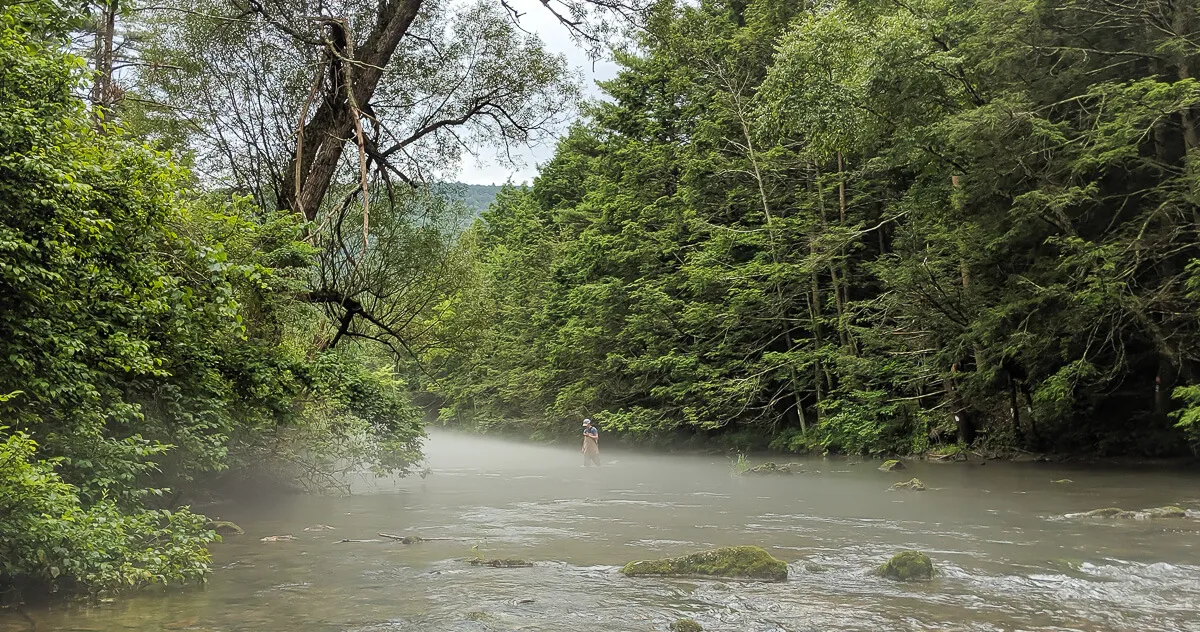
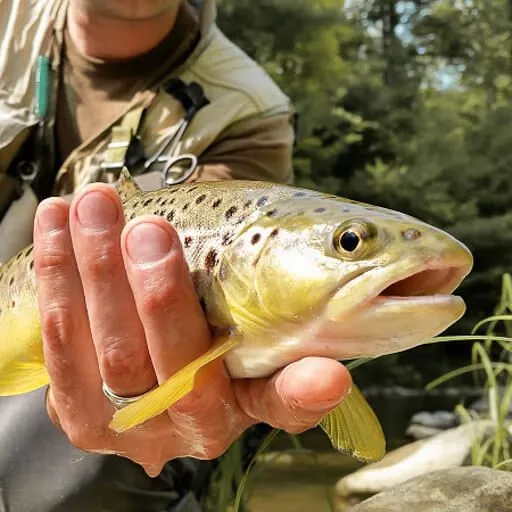
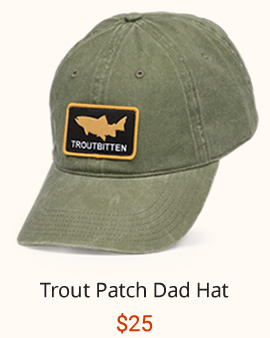

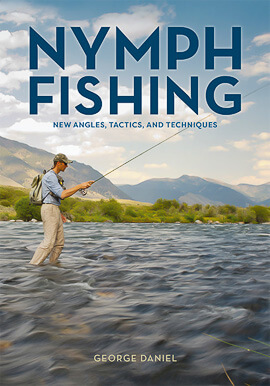
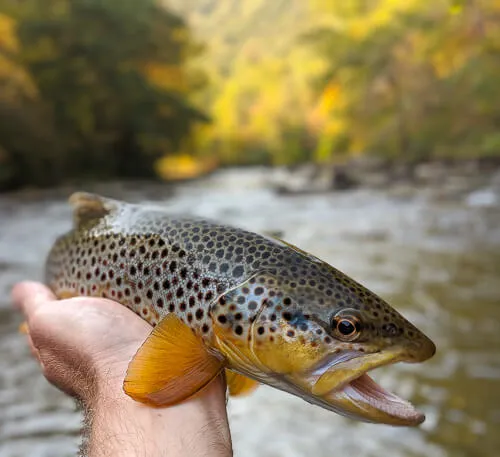
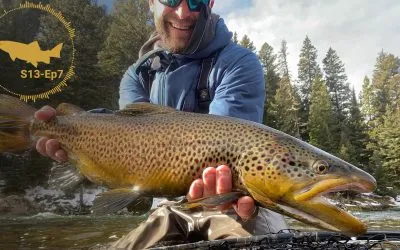
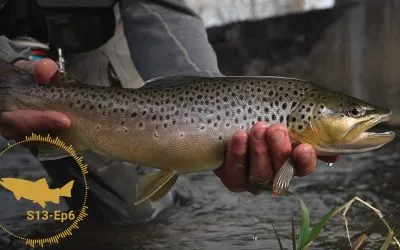
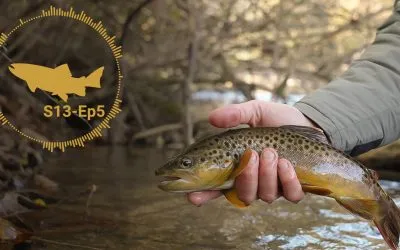
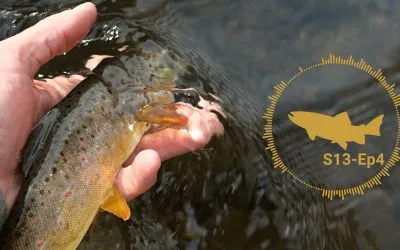
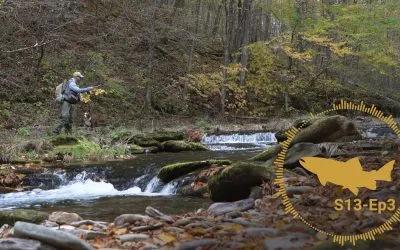
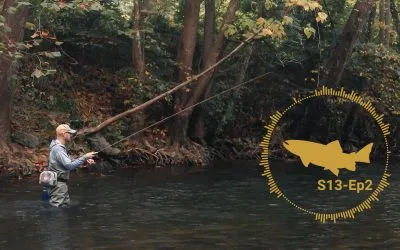
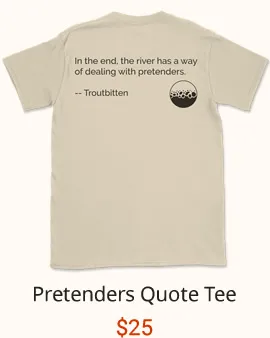

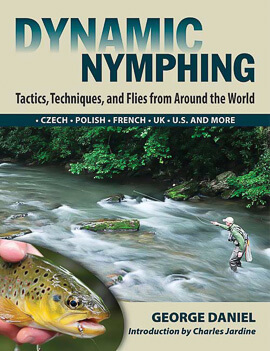
I’ve got some theories on adding movement. Like Dom, I like to use the line to add movement to a fly, but will occasionally give the rod a tap or a little wiggle.
My reasoning for primarily using the line is due to the length of the rods we use, combined with my observations from gear fishing with soft plastics. Without seeing how much the fly is actually moving, it’s very hard to judge how far the fly moves when the rod does. Watching a soft plastic (which is easy to see in the water), you can see how far it moves through the water with just a small lift of the rod. With the line tight to the weight at the end, a small movement of an inch or two at the hand can equal a foot or two at the rod tip. Conversely, a six inch pull of the line is six inches at the end of the line.
When fly fishing, it can be a little more complex again. The proportionality between a jerk on one end equating to a jerk on the other also depends on how direct the contact is with the fly, which is influenced by fly weight (including multiple flies), the hydrodynamic drag on the fly, the current’s drag on the tippet and how much slack the angler’s got out there. In a fast current, a small movement can equate to a really large lift, particularly as the fly gets pulled up from the slower water in the strike zone.
Regardless, I’m looking forward to seeing the GoPro footage underwater. I’ve done a lot of playing with different retrieves in stillwater over the last 12 months or so, and it’s fascinating to see how flies respond to different inputs when they’re up close and you can see them in the water (still a distorted view).
Banging on your rod handle to create movement = the “Swentosky Slap”
You’re welcome
Come home we miss you. If you guys get delayed on your flight back and end up stuck in ATL let me know. I can take you to a few cool mountain streams. It’s wet wading season here already.
Cheers.
Nice Podcast! I’ve often wondered if Vladi’s strategy of speeding up the nymph served to both animate the nymph and to realign it to a proper drift. In other words, I know that often my drifts are way too slow, causing the nymph to pass under the rod tip way too early. Speeding leading the nymph would then serve to get everything properly lined up again. And if the nymph actually didn’t need realigning, well then, it would just get sped up and atrack some attention. So win win. Cheers! Toney
Right on.